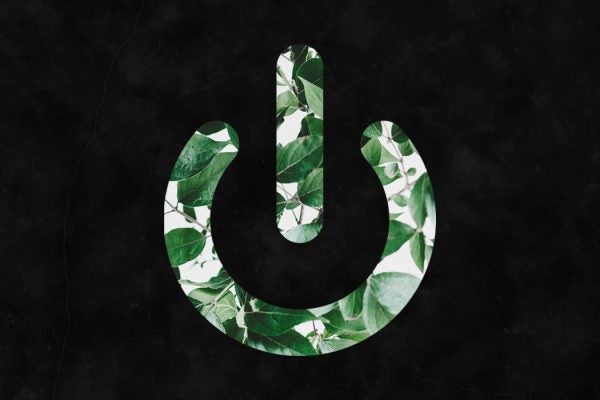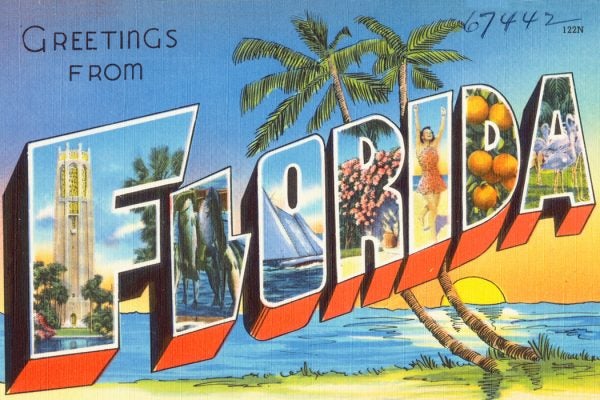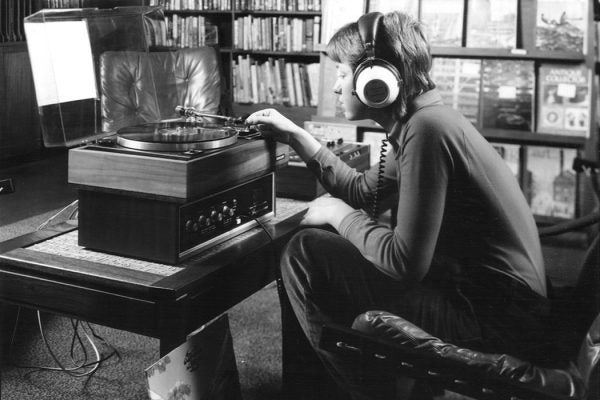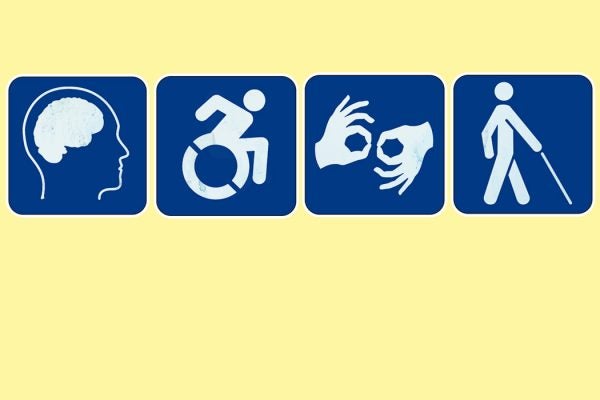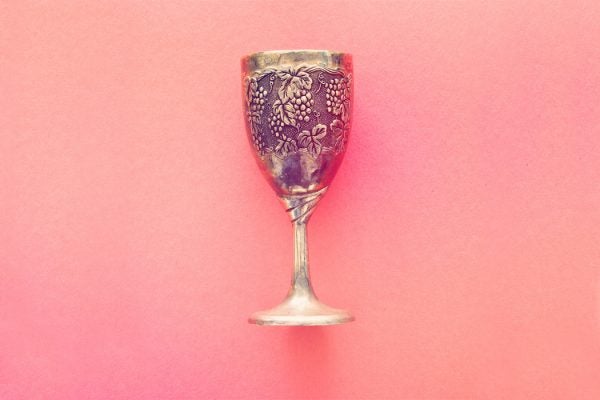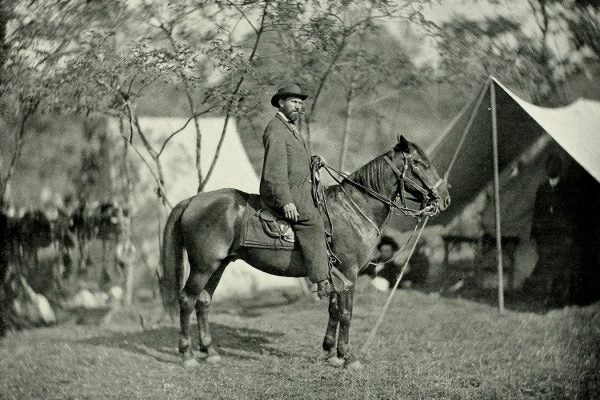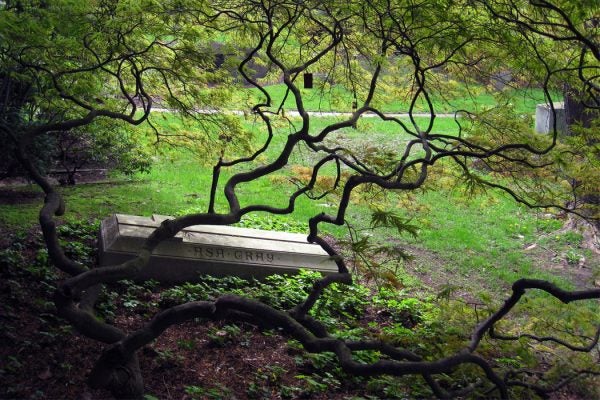The 4 Questions to Ask before You Unplug
If you're concerned about the internet's effects on the world and on yourself, unplugging might not be the answer.
How Florida Got Its Name
506 years ago, Spanish explorer Juan Ponce de León landed in what he christened "Florida." Historians still wonder where the name came from.
Black Holes, Plastic Bags, and AI Diets
Well-researched stories from The Cut, Hakai Magazine, and other great publications that bridge the gap between news and scholarship.
The Nostalgic Quality of Our Parents’ Music
Behind the curious phenomenon of "cascading reminiscence bumps."
The Dramatic Waves That Sink Ships
Rogue waves are becoming larger and more dangerous. But even long-term studies have not made these waves any easier to predict or avoid.
How Columbine Brought Religion into Public Life
In the aftermath of 1999's Columbine massacre, American media and politicians focused on the secret world of delinquent youth and how they might be saved.
Disability Studies: Foundations & Key Concepts
This non-exhaustive reading list highlights some of the key debates and conceptual shifts in disability studies.
When Passover Meant Raisin Wine
Why did American Jews have non-alcoholic raisin "wine" with their Passover seders in the early 19th century?
A Horse’s-Eye View of the Civil War
Horses and mules played a major role in the American Civil War. In the end, there were about twice as many dead equines as humans.
When Cemeteries Became Natural Sanctuaries
In the 19th century, bucolic, park-like cemeteries started cropping up on the outskirts of American cities.
